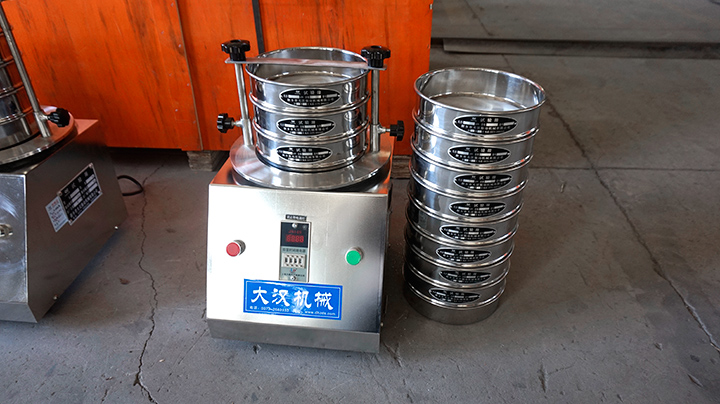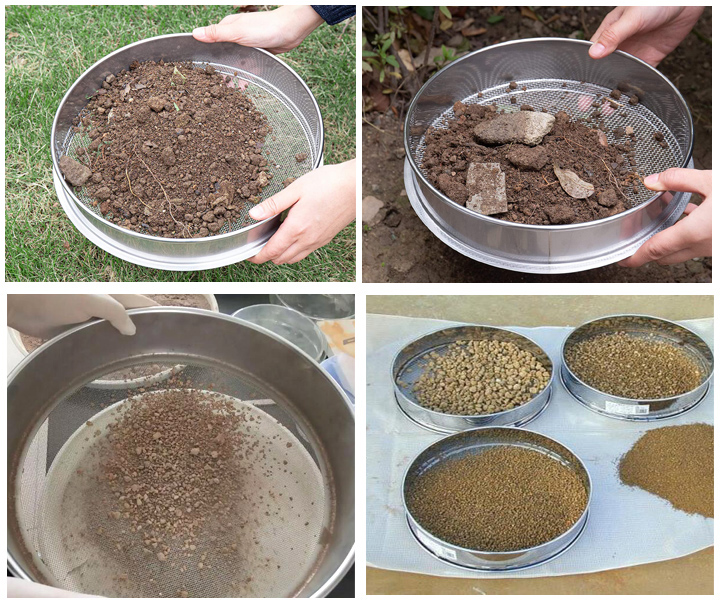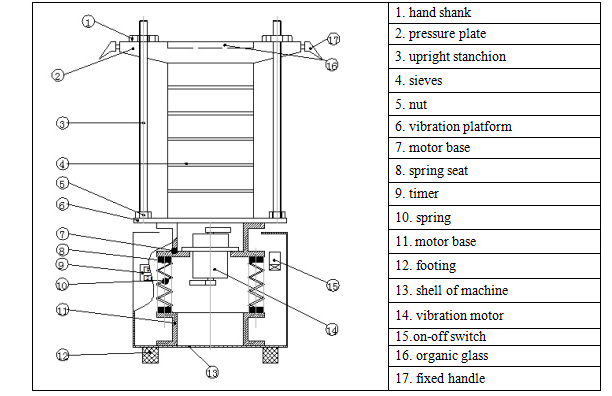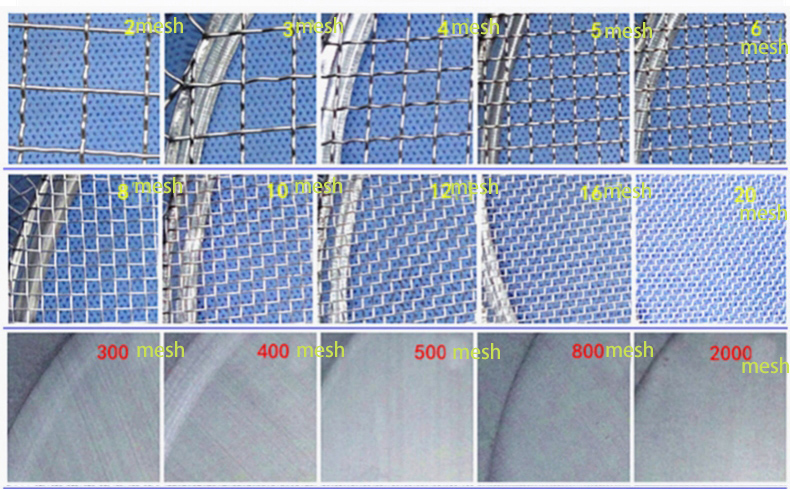A test sieve is an instrument for measuring particle size. It consists of a woven wire mesh with square holes. It is mainly used in the laboratory for classifying and particle size determination of powders, bulk particles and suspensions. This article will take you through the whole process. Orientation to understand the test sieve.


Test sieves are used in a variety of industries for particle analysis, sometimes the particles are very fine, like in the food or pharmaceutical industry, sometimes the particles can be larger, such as in agriculture and mining, separated by a stack of sieves of different sizes. Samples can be used singly or stacked in 8 layers. With standard test sieves, solid particle sizes from 125mm to 20μm can be measured quickly and efficiently. Special sieves with apertures less than 20μm can be used. The finer the sieve, the easier it is for certain types of solid particles to block or block the aperture. For this situation, we have designed an electromagnetic test sieve that can perform "micro" sieving. up to 5μm.

The common sieve frame diameters of test sieves are 75mm, 100mm, 200mm, 300mm, 400mm, which are divided into wire woven mesh test sieve (screen size is 0.02mm-2.36mm), metal perforated plate test sieve (screen size is 1mm- 125mm), electroforming test sieve (sieve size is 5μm-500μm).

Screen: The screen is the part with high technical content in the test screen. The most commonly used mesh type is stainless steel woven wire mesh. Opening sizes are 5 inches (125 mm) to 635 mesh (20 microns).
Screen Frame: Frames are circular metal rings that hold the mesh in place. Standard frame sizes in the U.S. are 3 inches, 8 inches, and 12 inches. Internationally, 100mm, 200mm and 300mm are standard sizes. The screen frame can be made of stainless steel or brass.
Skirt: The main function of the skirt is to allow the sieves to be stacked without tipping over.

|
Mesh number (mesh) |
Aperture |
Mesh number (mesh) |
Aperture |
Mesh number (mesh) |
Aperture |
Mesh number (mesh) |
Aperture |
| 5 | 4mm | 40 | 0.45mm | 180 | 88μm | 325 | 34μm |
| 6 | 3.2mm | 50 | 0.355mm | 190 | 80μm | 360 | 40μm |
| 8 | 2.5mm | 60 | 0.3mm | 200 | 76μm | 400 | 38.5μm |
| 10 | 2mm | 70 | 0.25mm | 220 | 70μm | 500 | 30.8μm |
| 12 | 1.6mm | 80 | 0.2mm | 240 | 65μm | 600 | 25μm |
| 14 | 1.43mm | 100 | 0.15mm | 250 | 63μm | 800 | 15μm |
| 16 | 1.25mm | 120 | 0.125mm | 260 | 57μm | 900 | 10μm |
| 18 | 1mm | 140 | 0.105mm | 280 | 55μm | 1000 | 8μm |
| 20 | 0.9mm | 150 | 0.1mm | 300 | 50μm | 1200 | 5μm |
| 30 | 0.6mm | 160 | 97μm | 320 | 48μm | Bottom cover | Nonporous |
The above is the introduction of the test sieve, I hope it will help you.
Address:China,Yanjin county forest park gate to the west 1000 meters north road.